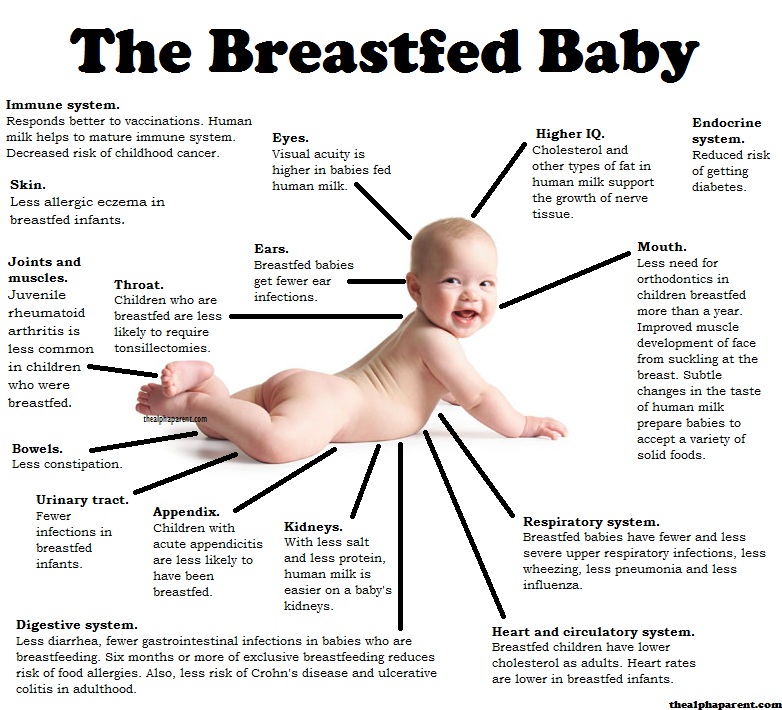Fall is my favorite season of the year, for many reasons (one being all things pumpkin). However, our health tends to be put on the back burner when the colder weather begins; combine that with the stress that the upcoming holidays can bring and we have a recipe for disaster. With that in mind, here are 6 ways to stay motivated and maintain your health routine this fall.
- Set Goals and Limits – If goals are excessively restrictive or vague, you will be less likely to rise to the challenge. Establish clear nutrition and health goals (dessert two times a week; a half-hour walk five times a week, etc.). Consistency is key to success with anything in life but especially when it comes to your health.
- Your Daily Game Plan – Make your daily routine habitual and try to keep things at the same time each day. Keep up with your workouts and chiropractic adjustments, and develop a consistent routine for healthy eating. Once you experience how great your body is designed to feel and function – you will feel sluggish and unsettled if you start missing your adjustments, workouts or eating unhealthy – which in itself is a strong incentive to get back on track.
- Fall Superfoods – Eating seasonal fruits and veggies ensures your produce will be less expensive, more nutritious & definitely taste better – which in turn means you’ll be likely to eat more of these healthy foods. Summer may be ending, but with fall superfoods like pumpkins, apples and Brussels sprouts ripening now, eating in season can be just as healthy now.
- Boost Your Immune System – Unfortunately for some, back to school time can also mean getting sick time. To help avoid that this fall, be sure to follow these simple tips: limit your sugar intake, eat simply and nutritiously, get regular adjustments, and boost up your supplements.
- Stay Hydrated – This is an easy one to follow in the summer, but come fall, you may not feel as parched. However, staying hydrated is still crucial to keeping your body running at its best.
- Keep Moving in the Cold – You don’t have to go outside to move more throughout the work day. Try fashioning a DIY standing desk or workstation, take meetings on the go or simply do a few laps around the office when you can as the weather cools.






